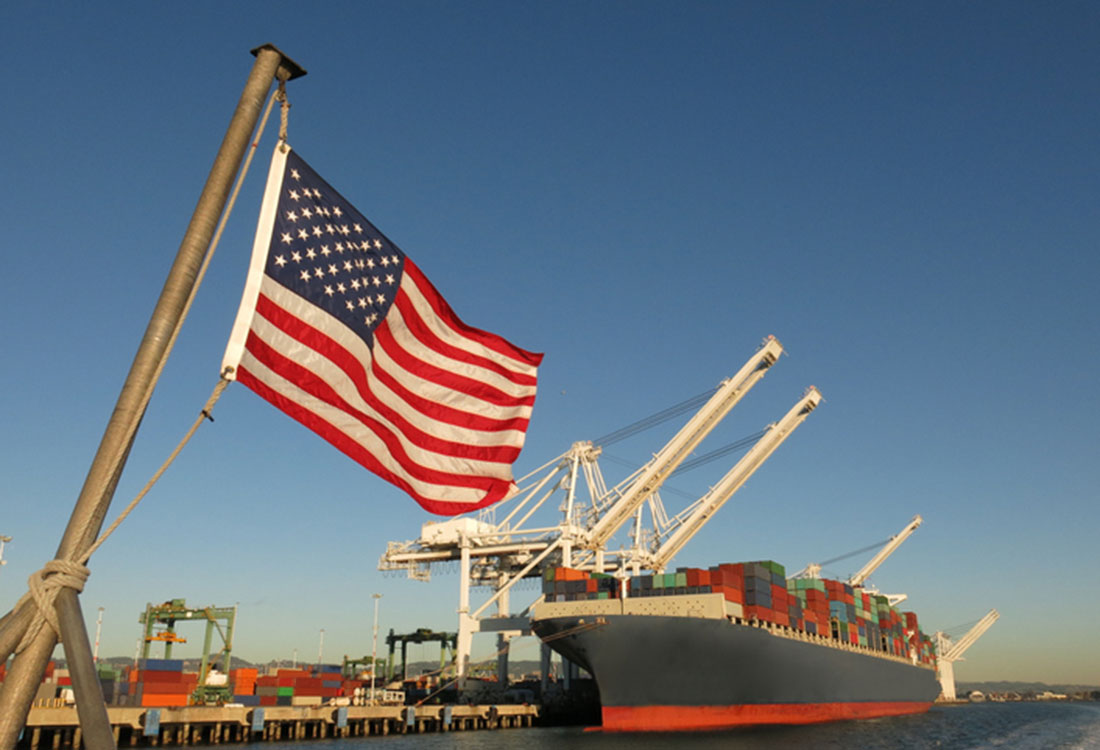
Monthly inbound cargo volume at major US container ports is expected to approach record levels as retailers expedite shipments ahead of a potential strike at US East and Gulf Coast ports. Retailers are concerned about the possibility of a strike at ports on the East and Gulf coasts because contract talks have stalled, and many retailers have taken precautions, including earlier shipping and shifting cargo to West Coast ports.
The contract between the International Longshoremen’s Association (ILA) and the United States Maritime Alliance (USMA), covering US East Coast and Gulf Coast ports, is set to expire on September 30, 2024. With negotiations at an impasse, the ILA has threatened to strike if a new contract is not reached by the deadline.
The ILA has also sent notices to its employer groups that it will not offer an extension to its expiring labour deal, keeping September 30th as the cut-off date for an agreement. If a deal isn’t reached by then, East and Gulf Coast port workers will go on strike on October 1st. The ILA will present its final contract demands to the union’s wage scale committee delegates on September 4-5. An important point to note is that all East Coast and Gulf Coast cargo is moved by the ILA, which hasn’t gone on strike since 1977 when a work stoppage lasted 44 days.
Shippers are in “crunch time” as the September 30 negotiation deadline nears. Containers take an average of sixty days to be transported from eastern Asia to the US East Coast, which means importers currently seeking to get products out of this region already may have to consider alternative options, such as shipping cargo to the West Coast ports instead and moving it across the country via rail. This is a reversal of what occurred in 2022 and 2023, when East Coast ports made major cargo volume gains due to the massive vessel congestion and labour strife at ports up and down the US West Coast.
One of the differences between the ILA and their West Coast brethren, the International Longshore and Warehouse Union (ILWU), is the ILA longshoremen receive royalties based on how much tonnage they process in a year at their port. This compensation model makes it in the best interest of the ILA workers not to have cargo diverted, or their bonuses will decrease. On the West Coast, longshoremen accrue additional compensation based on man-hour assessments.
On a side note, cargo owners and their partners, intent on building in contingency plans, are also increasingly worried over the viability of the obvious solution, airfreight. Many industry experts feel this situation has the potential to be extremely disruptive for the US airfreight sector. History shows that port strikes will inevitably lead to a spike in airfreight activity, compounded by concerns over the upcoming holiday season. The timing could not be worse – if ocean-going cargo does start moving via air, it will expose another mounting concern in airfreight; e-commerce. Spiking e-commerce demand has been gobbling up a lot of the available air capacity into the U.S. in recent months, so all these factors coming together could leave airfreight exposed. If e-commerce demand remains high, and no indications show it will taper off in the near future, coupled with the port strikes leading to migration to airfreight, an air cargo capacity crisis is most likely inevitable.
Contact David Lychek, Director – Ocean & Air Services, for more information.
















